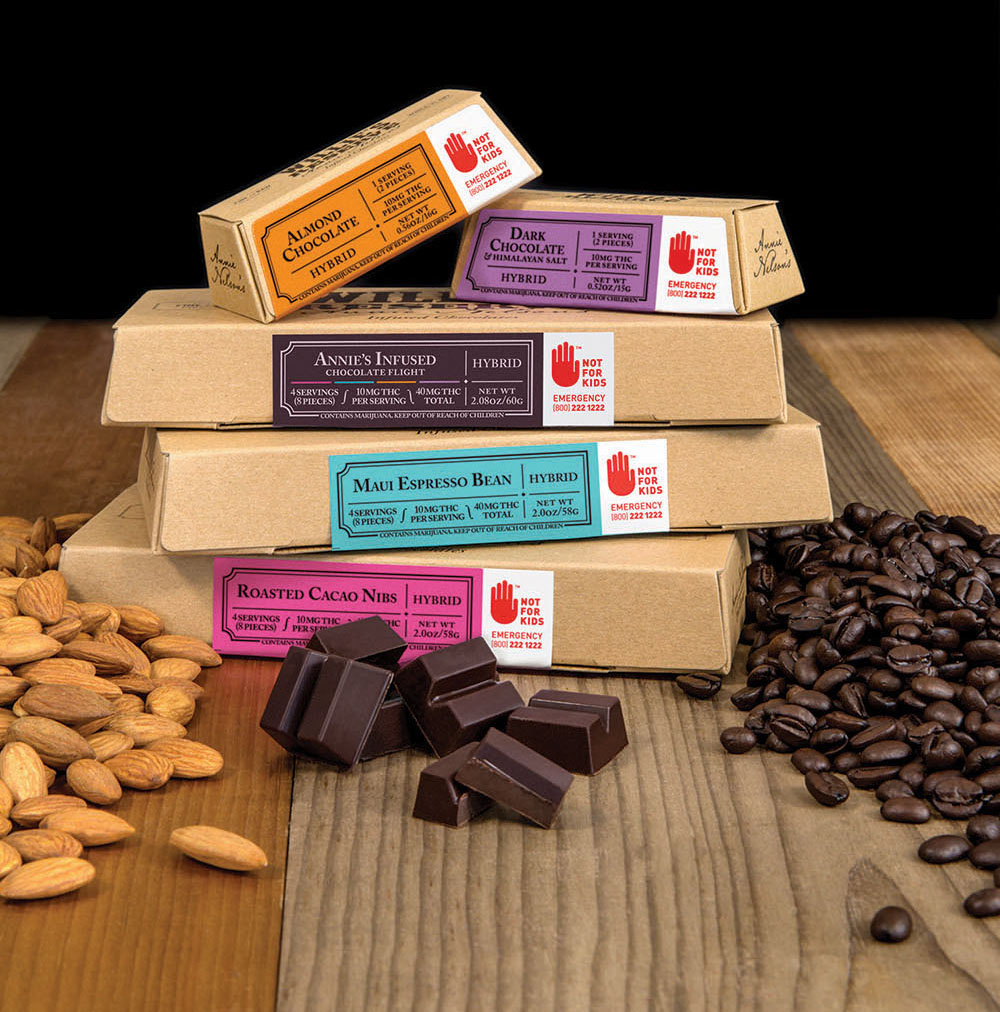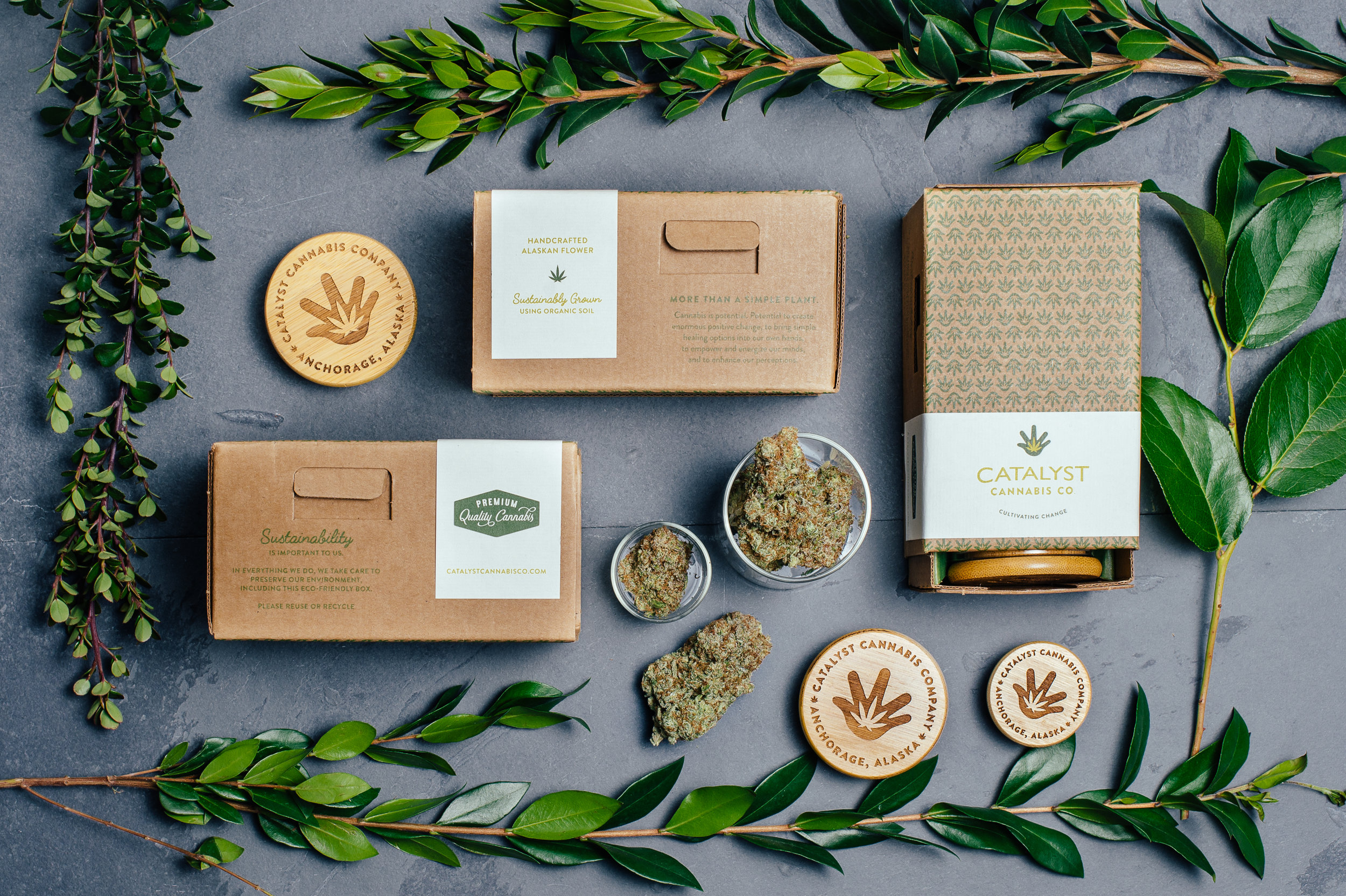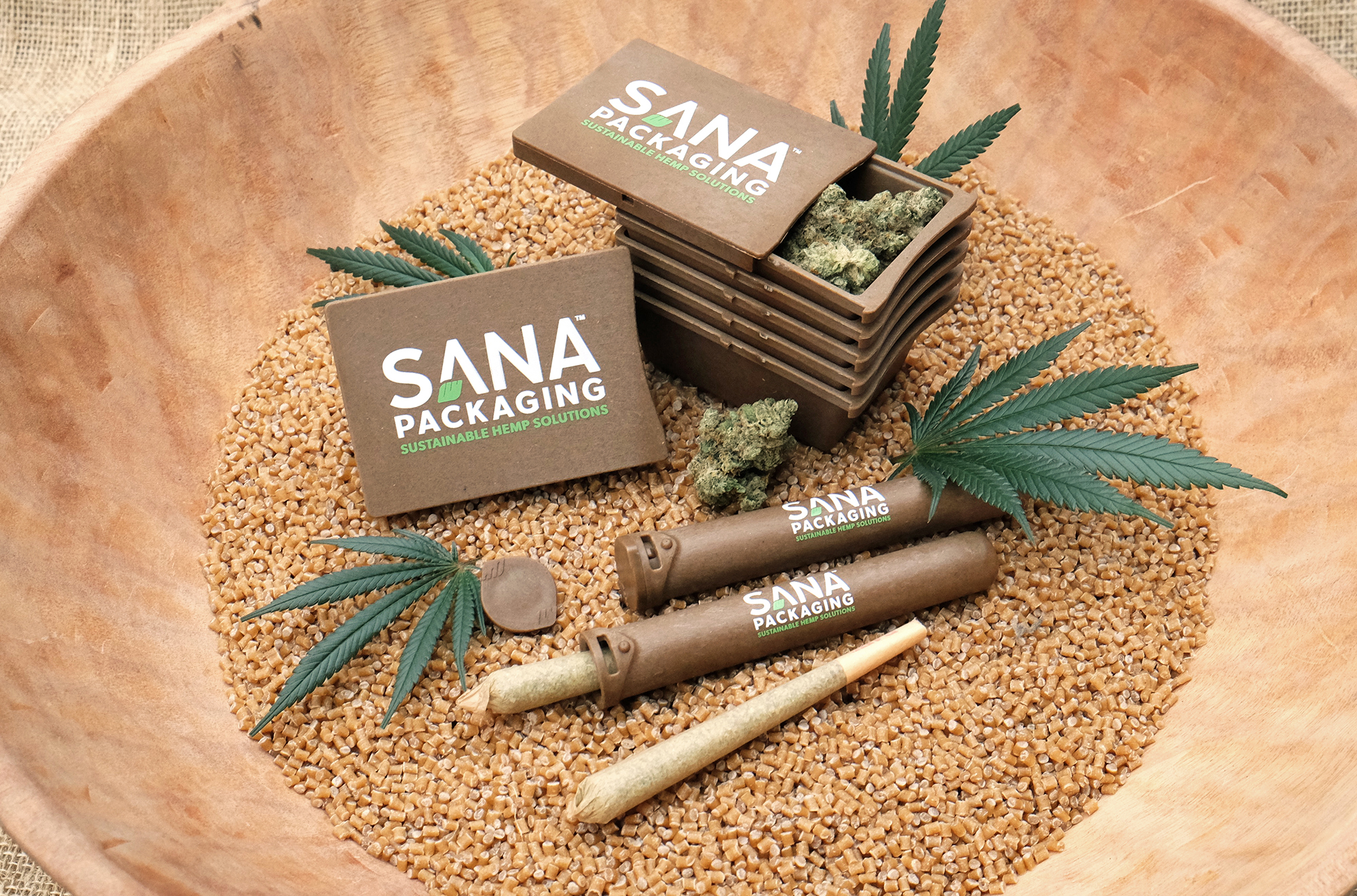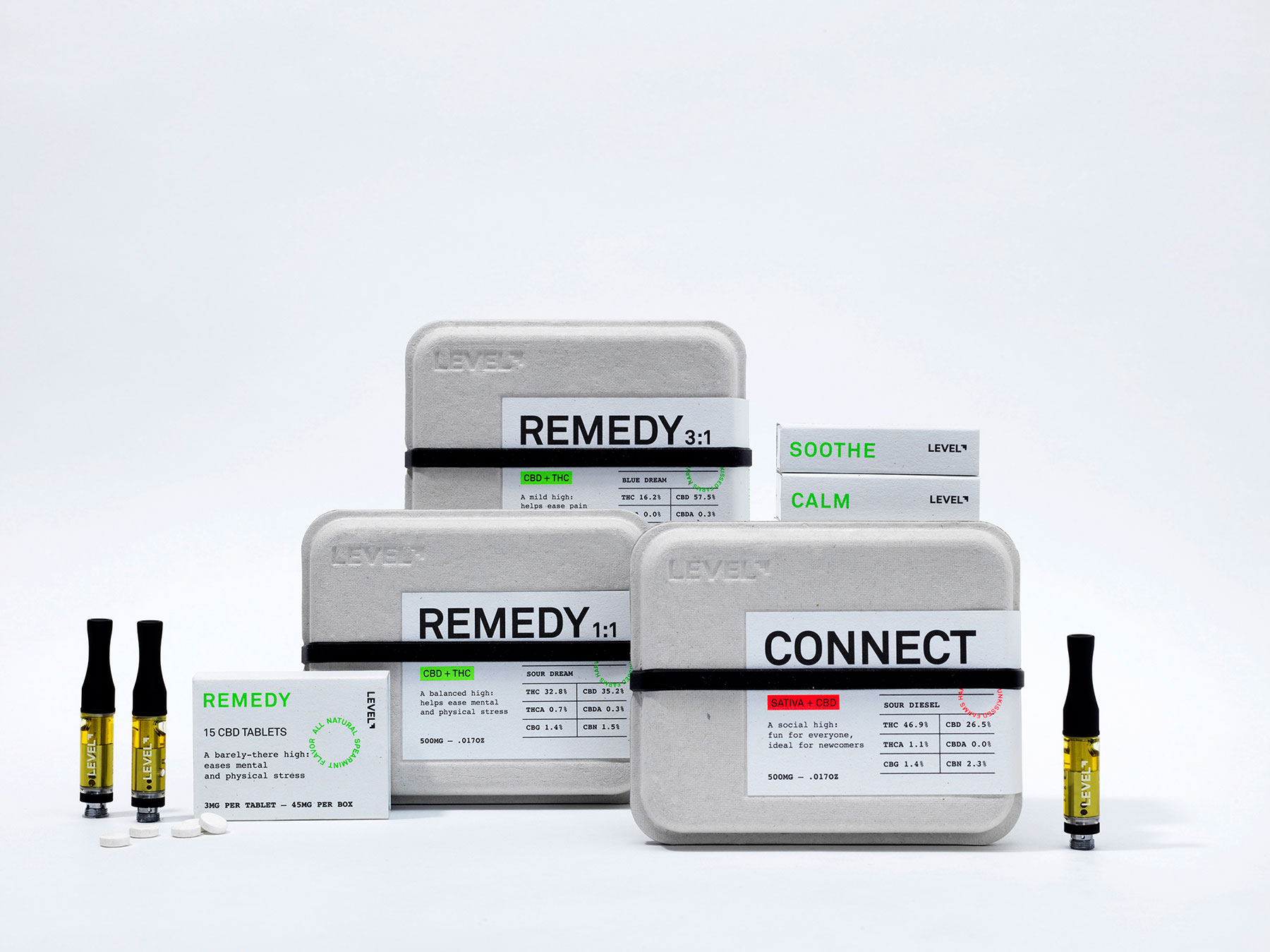You’ve seen it. The flimsy, crushed water bottles littering music festival lawns.
The inordinate amount of bubble wrap that comes with small items you order online. The obscene amount of plastic bags that engulf the itty-bitty parts of new furniture and electronics. The thick, child-proof wrappers around many cannabis edibles. Plastic is so malleable, so cost-effective, and so familiar, it’s no wonder that companies rely on it so heavily for packaging purposes.
But plastic packaging is a problem.
According to National Geographic, 40 percent of all plastic production comes from packaging. That works out to approximately 161 million tons produced each year, and those numbers continue to climb.
In the past, recycling efforts have attempted to curb plastic waste, but have proven to be a mere band-aid fix to a much larger problem: plastic is forever, no matter how many times we repurpose.
Here’s the good news
The demand for sustainable packaging is rapidly accelerating, as governments worldwide are implementing federal regulations to curb—and ultimately eliminate—plastic waste. The same is true from the perspective of the consumer, as conscientious consumerism is on the rise.
Consumers are becoming significantly more invested in their own environmental and social impact, and are using their purchasing power to support sustainable and ethical business practices. In fact, Green Biz reports that 52 percent of all Americans are willing to pay at least 10 percent more at checkout for products with sustainable packaging. A smaller percentage–28 percent–are even willing to pay up to 30 percent more. Though this particular demographic is largely comprised of younger generations, it indicates that the future of brand loyalty will become increasingly entwined with sustainable practice. In response, many big-name companies like Hershey, McDonalds, P&G, and Coca-Cola are converting to green packaging.
Conscientious consumers
The cannabis industry is also making moves to meet the conscientious consumer demand. However, due to federal and state regulations, the industry is encountering unique obstacles that have made it difficult to avoid plastics. Under the Poison Prevention Act of 1972, cannabis companies are required to distribute their products in child-resistant (CR) packaging. Each new package design must go through a series of tests and certifications, which takes both a considerable amount of time and resources. In California, for example, new packaging regulations have caused price hikes, resulting in a decrease in sales. That’s why most companies turn to plastic when it comes to packaging; in the face of so many regulations, it’s cheap, it’s durable, and it’s easy to find ready-made options for practically any cannabis product.
Cost vs Plastic
As competition in the industry increases, the battle to keep prices affordable for the average consumer only makes low-cost packaging like plastic more appealing. For one, the black market is well-established and still going strong, and legal vendors need to keep their prices comparable in order to stay in the game. Additionally, oversupply also causes prices to plummet, a challenge that Oregon is grappling with to the point that the state is no longer issuing new licenses until the problem can be resolved. And, states with longer-standing legal markets are already seeing growth beginning to plateau; as such, variety and branding are quickly becoming necessary tools for success in the industry.
According to Ganjapreneur, the “visual appeal of branding is…crucial,” and building strong customer relationships are essential. As the demand for sustainable business practice continues to grow, brands that can develop customer loyalty with a sharp image that is also sustainable may prove to be the most successful over time.
Incidentally, the cannabis industry has already made considerable strides in green specialty packaging that looks great. Companies like Sun Grown Packaging, MM Green Packaging Solutions, and Sana Packaging are working with smaller brands to make bioplastics, molded fiber, and reusables more widely accessible. Not only are these designs good for the earth, but they are also extremely functional, affordable, and have produced some impeccable design. Here are some of our favorites:
Sun Grown Packaging: The Grandfather
Based in Oakland, California, Sun Grown Packaging is the original leader in sustainable packaging for cannabis products. Their CR designs are made from recyclable and compostable materials, including brown or bright white paperboard and soy-based inks. Each design is covered in an eco-friendly water based coating to keep the package structurally sound. And, by keeping everything domestic–from sourcing materials to manufacturing–Sun Grown is able to keep their shipping costs and carbon footprint low.
Grön chocolate, Spark!
Willie’s Reserve


Sana Packaging

This Colorado-based company makes hemp plastics that are 100 percent plant based and chemical free. Each of their three products is ASTM child-resistant certified, with plenty of room for branding and compliance labeling. Currently, they offer the Sana Container, a child and odor resistant box perfect for 3.5 ounces of flower, edibles, concentrates, and vape cartridges. The top even doubles as a rolling tray! They also manufacture the Sana Tube, which can hold anything from a 10cm vape pen to a king-sized pre-roll, as well as hemp paperboard options. And, everything is completely customizable.
Sustainable Packaging Industries
Sustainable Packaging Industries offers both stock and custom solutions made entirely from recycled cardboard. Each package is 100 percent recyclable, and the molded pulp design can be made to fit specific products to reduce waste.
Level Cannabis


